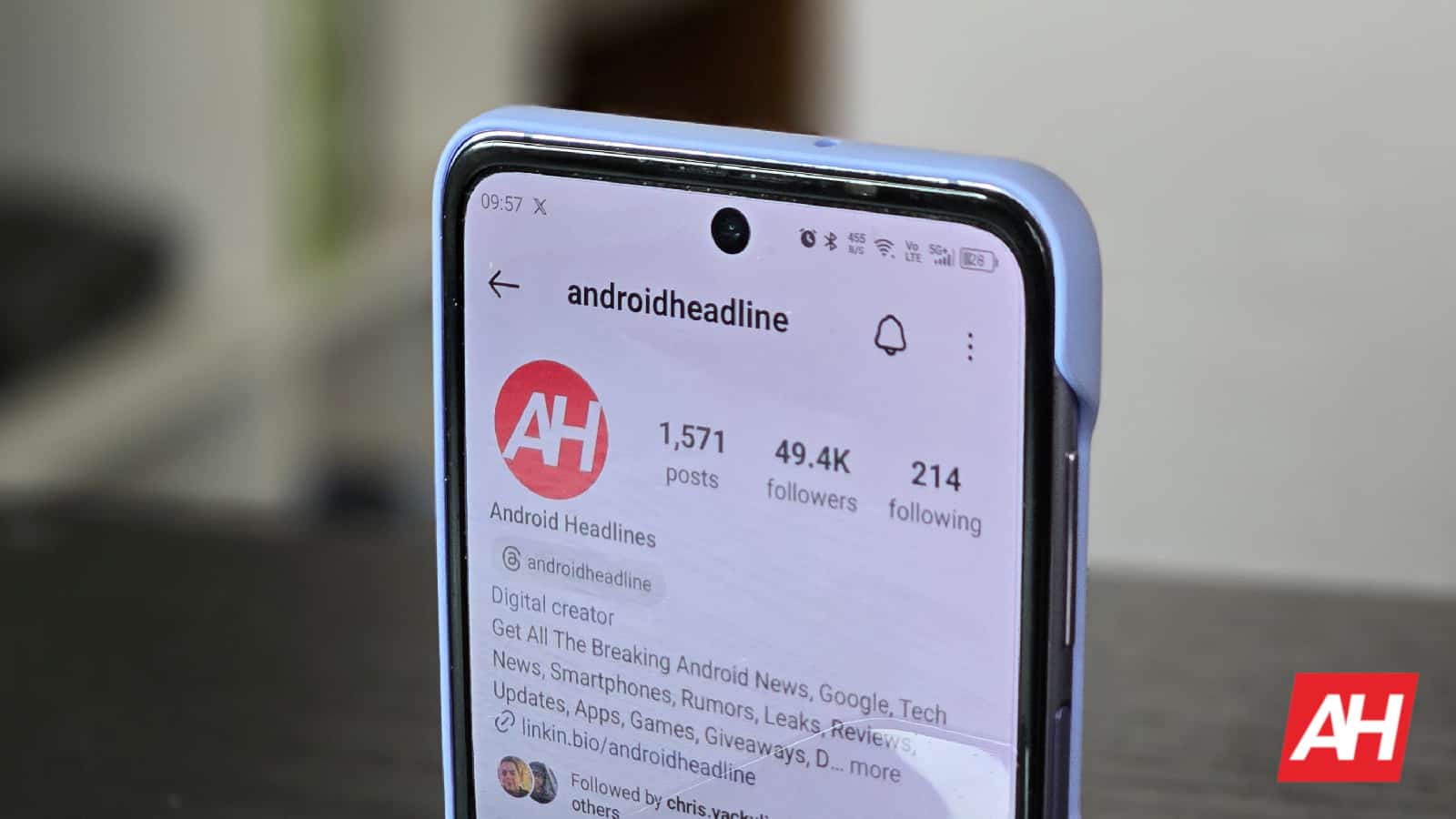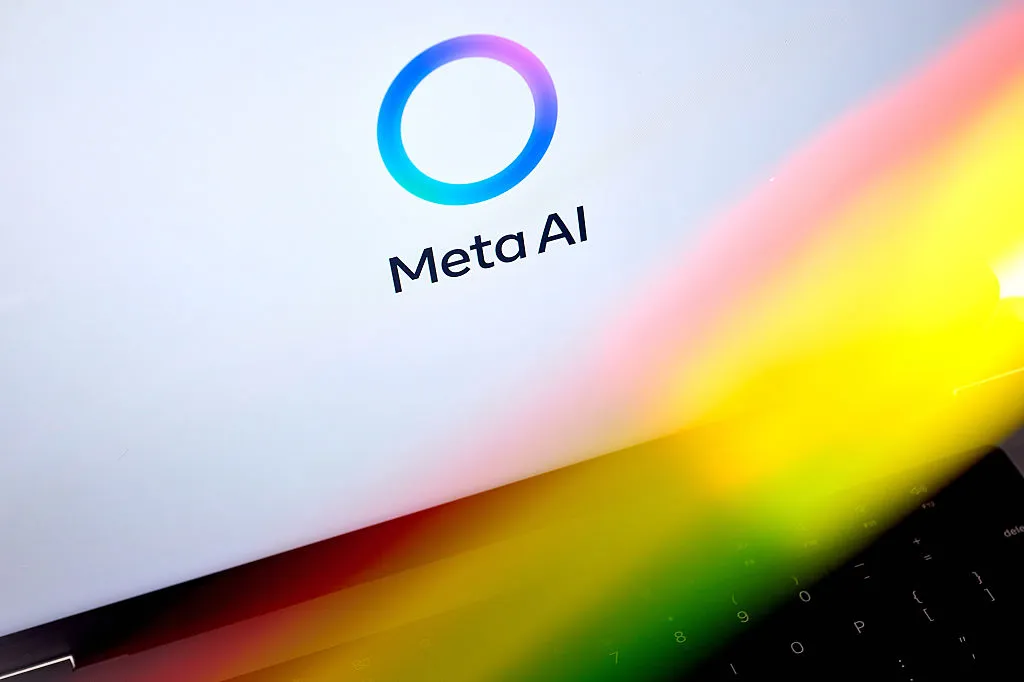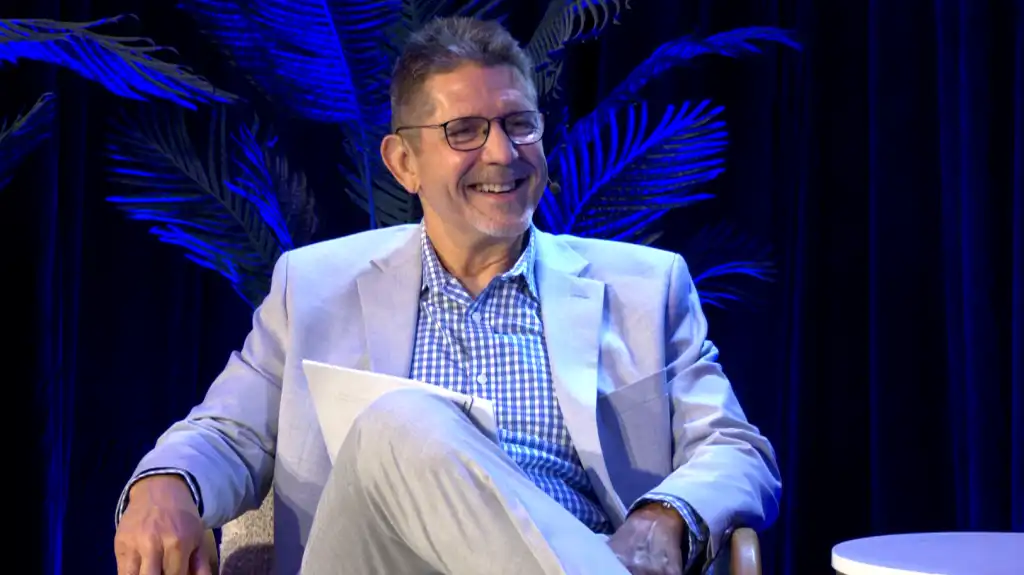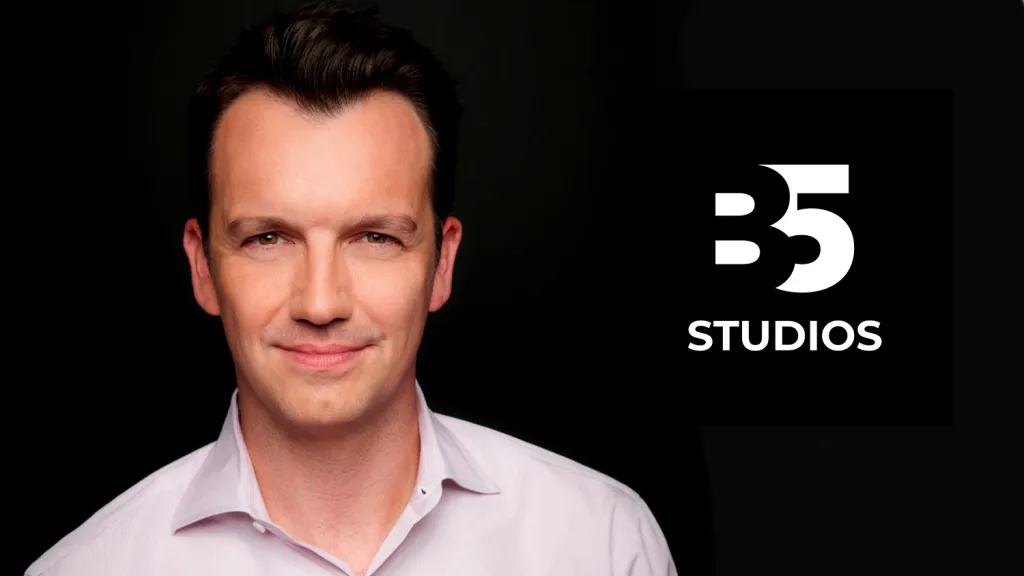Copyright CNBC

Talent professionals and job seekers alike are grappling with the enormous rise in job applications submitted every day, according to experts. The number of applications submitted on LinkedIn has surged more than 45% in the past year, with nearly 9,500 applications submitted every minute, according to a representative for the company. As a result, hirers are "drinking through a fire hose of applications," according to technical and executive head hunter Nicole Kaiser. At Kaiser's company, popular roles can receive 300 to 500 applications within three days, she says, with some accumulating more than 1,000 applications over the weekend. "Those numbers are overwhelming," she says. Kevin Dabulis, a talent acquisition expert with over 30 years of experience, has observed a similar spike in applications. "Years ago, when you when you posted a job on the internet, you would get 4 or 5 decent resumes," he recalls. Now, each job posting receives between 150 to 200 applications within the first 24 hours, he says. As a result of the sheer volume of applications, "a lot of time is wasted" for job seekers and hirers alike, Dabulis says. Impact on hiring process The magnitude of applications has slowed the hiring process "down to a crawl," Kaiser says. Depending on company size, in-house recruiters generally handle the hiring process for 15 to 20 jobs at a time, according to Kaiser, and they spend between 30 seconds and two minutes looking at each resume. With hundreds of people applying for each job, "it's a massive amount of time to be spending just reviewing" resumes, she says – and that's only the first step in the hiring process. According to a survey conducted by LinkedIn, over one-fifth of HR professionals in the U.S say they're spending between 3 to 5 hours going through applications every day, but 70% of hirers say that less than half the applications meet all the criteria for the role. Kaiser and Dabulis have observed similar patterns. Among hundreds of applications, "less than 5" are typically well-suited for the job, according to Dabulis. Part of the problem stems from AI auto-apply tools, Kaiser says: in recent months, she estimates that she's seen a 25% increase in applications submitted with AI. AI application tools are prone to misrepresenting or exaggerating candidates' experience, Kaiser says, and as a result, "we're having the wrong people apply en masse to the wrong roles because of AI." While many job seekers worry that their applications are being filtered out by AI software, "most companies are not using ATS at the scale and size that people think they are," she says. Many companies use AI to screen for keywords, but in Kaiser's experience, she and her peers at other companies still rely heavily on manually reviewing applications. To limit the number of applications, many companies are taking their open roles off job sites after only a few days, according to Kaiser. "Now the adage is really true: if you didn't get in in the first two days, you're not going to get in at all," she says. What job seekers can do According to LinkedIn, 38% of U.S. job seekers said they were applying to more jobs than ever, but hearing back less often. Dabulis was laid off recently, he says, which gave him perspective from the "candidate side" of the hiring process. Over the past few months, Dabulis submitted over 700 job applications using LinkedIn's Easy Apply feature. "I have not gotten one response back," he says. Services that promise to streamline the application process are tempting, but they're ultimately "a waste of time" in today's job market, Dabulis says. "When you spread yourself out there so thin, you're just a whisper in the wind." Dabulis found more success when he shifted his strategy to focus on connecting with recruiters and building his personal brand on LinkedIn. "I think it's getting yourself seen, and getting yourself out there and marketing yourself and targeting companies that you want to work for," he says. According to Kaiser, relationships are key to standing out in today's job market, and "referrals are going to be the way of the future," she says. Still, she has a "boring" response for the number one thing she looks for in an application: a clear, concise resume that demonstrates how your skills apply to the job in question. In Kaiser's view, AI is no match for a thoughtful, well-tailored application. "Put an AI resume, an AI-submitted anything up against somebody who spent their time trying to figure out how to make their resume match the job description, and more than likely that person's going to get the phone call," she says. Still, Kaiser recognizes that this method of applying to jobs takes more time, and she has "a lot of compassion" for the challenges job seekers face today: "I understand that this market's insane, and that they're being asked to do things that we've never asked anybody else to do, because we haven't had this technology or numbers like this," she says. Want to level up your AI skills? Sign up for Smarter by CNBC Make It's new online course, How To Use AI To Communicate Better At Work. Get specific prompts to optimize emails, memos and presentations for tone, context and audience. Plus, sign up for CNBC Make It's newsletter to get tips and tricks for success at work, with money and in life, and request to join our exclusive community on LinkedIn to connect with experts and peers.



